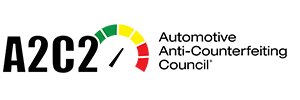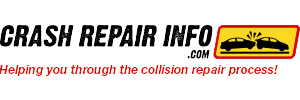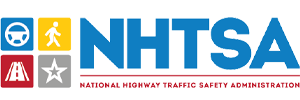Alliance of Automobile Manufacturers and Association of Global Automakers Statement on Use of OEM Repair Procedures
January 16, 2019
An automaker’s top priority is its customers’ safety, as is safeguarding the overall health of the motor vehicle fleet utilizing our nation’s shared roadways every day.
All post-collision vehicle repairs must be conducted in accordance with the repair procedures issued by the vehicle’s original equipment manufacturer (OEM), specific to that vehicle’s year, make, and model. This includes any directives contained therein relative to pre- and post-scanning of vehicle systems.
OEMs develop repair procedures to help safely restore vehicle systems to proper conditions. The processes follow service and structural engineering practices that have been tested by the manufacturer through crash simulation, actual crash testing, and real-world validation of the repair methodology. Beyond the simple reinstallation of vehicle hardware, OEM repair procedures provide the measurements and tolerances to correctly recalibrate advanced driver safety and assist systems increasingly found on today’s vehicles, including lane departure warnings, emergency braking, adaptive cruise control, and blind-spot monitoring.
Failure to follow OEM repair procedures in the course of a post-collision repair should be considered an unauthorized modification of a vehicle and its systems, introducing the potential for bodily injury and death to any future drivers and occupants of the vehicle, as well as occupants in other motor vehicles on the roadway.
The Alliance of Automobile Manufacturers and The Association of Global Automakers represent automakers producing more than 99% of new cars and light trucks sold in the United States.






